How to Make Homemade Mayonnaise?
Mayonnaise, the creamy and versatile condiment, can elevate any dish from ordinary to extraordinary. Whether it’s enhancing the flavor of a classic sandwich, adding richness to a salad, or serving as a base for a delicious dip, homemade mayonnaise offers a unique taste experience that’s hard to replicate with store - bought versions. How to make homemade mayonnaise?Here’s a detailed step - by - step guide to crafting a substantial amount of homemade mayonnaise.

Step 1: Gather Your Ingredients
For a generous batch of homemade mayonnaise, you’ll need:
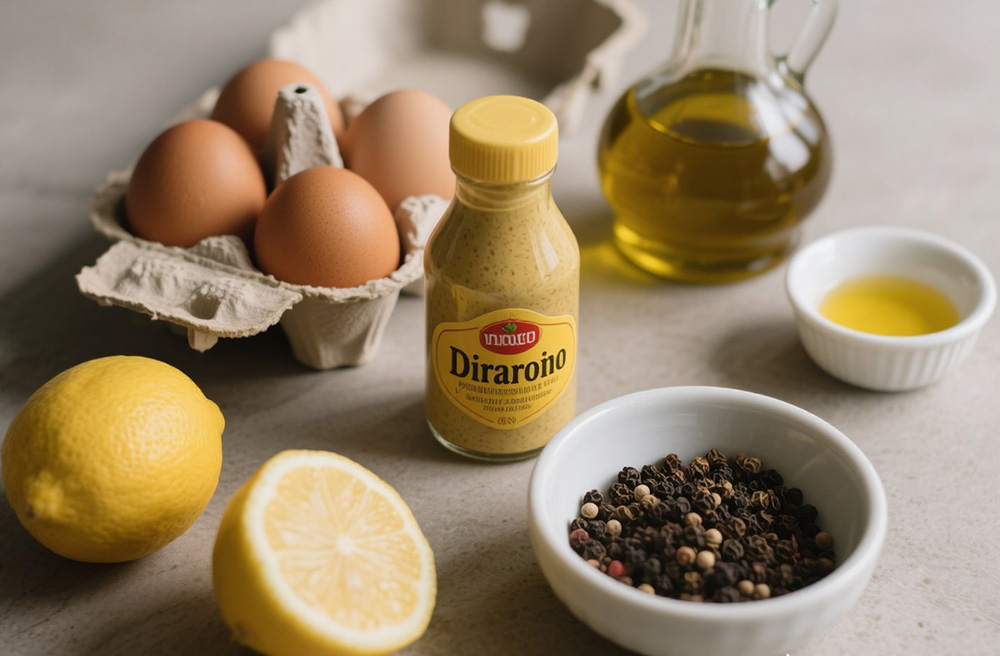
24 large egg yolks: Opt for fresh, pasteurized egg yolks to minimize the risk of foodborne illnesses. Egg yolks contain lecithin, a natural emulsifier that binds the oil and other ingredients together, creating the signature smooth texture. Let the eggs sit at room temperature for about 30 minutes before separating the yolks; this softens them, making separation easier and blending more seamless.
8 tablespoons Dijon mustard: Adds a tangy, slightly spicy flavor and acts as an additional emulsifier, reinforcing the stability of the mixture.
1 cup white wine vinegar or fresh lemon juice: Balances the richness of the oil with its acidity, adding a bright, zesty note. It also helps preserve the mayonnaise.
4 tablespoons salt: Enhances the overall flavor. Fine sea salt is ideal as it dissolves quickly and distributes evenly.
1.5 tablespoons black pepper: Adds a subtle heat. Adjust according to your taste preference.
24 cups neutral - flavored oil: Canola, grapeseed, or light olive oil work best. Their mild flavors won’t overpower the other ingredients, allowing the mayonnaise’s true taste to shine.
Step 2: Prepare the Base
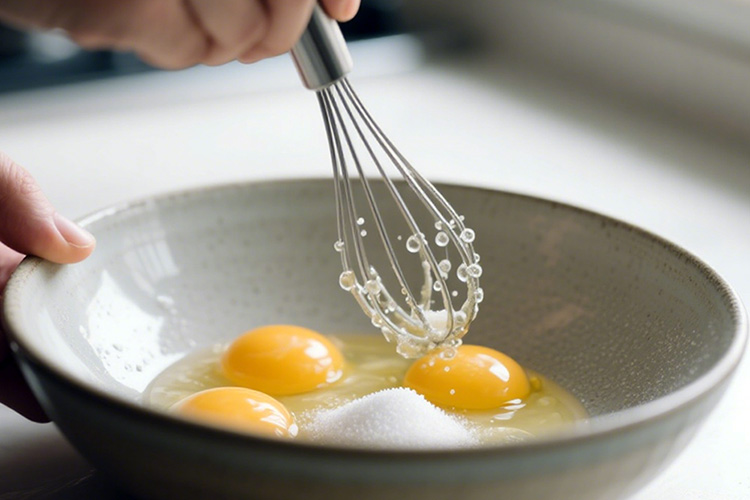
In a large, clean, and dry stainless - steel bowl, place the 24 egg yolks. A stand mixer with a whisk attachment is the best choice for handling this large quantity, but a powerful hand - held electric mixer will also do the job. Add the 8 tablespoons of Dijon mustard, 1 cup of vinegar or lemon juice, 4 tablespoons of salt, and 1.5 tablespoons of black pepper. Start the mixer on low speed to gently combine the ingredients and prevent splashing. Gradually increase the speed to medium. Continuously whisk for about 4 - 5 minutes until the mixture turns a pale yellow, becomes smooth, and thickens slightly. Periodically scrape down the sides of the bowl with a rubber spatula to ensure all ingredients are fully incorporated. Any unevenness at this stage can affect the final texture and flavor of the mayonnaise.
Step 3: Start Adding the Oil
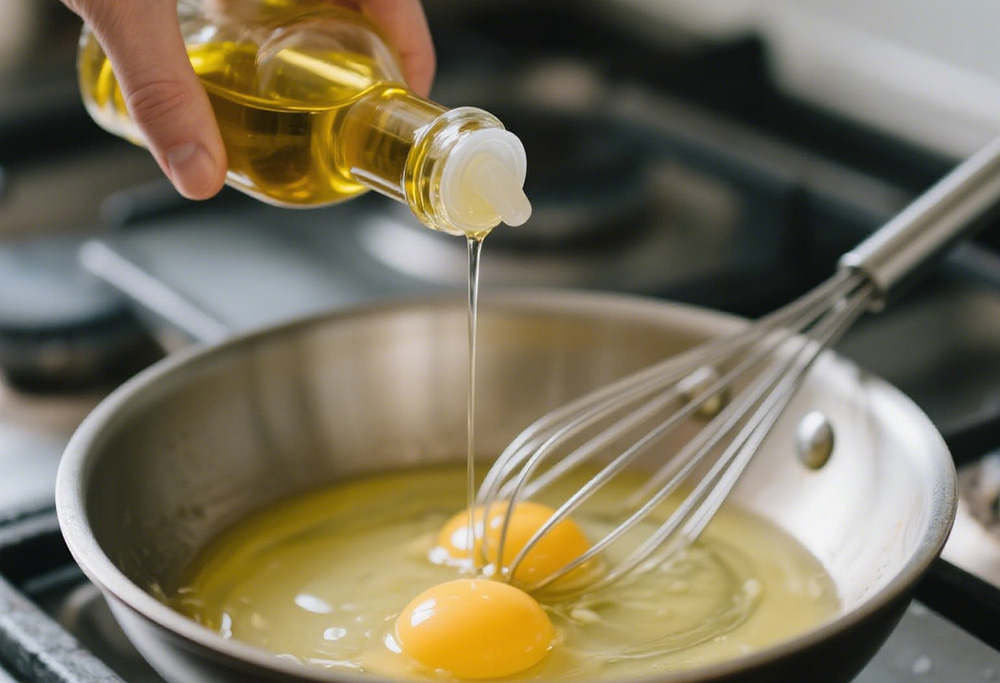
With the mixer running on low, begin adding the 24 cups of oil drop by drop. This slow and steady approach is crucial initially to allow the egg yolks and mustard to effectively emulsify the oil. Pouring the oil too quickly can cause the mixture to separate, resulting in a lumpy and unappetizing mess. As you add the oil, you’ll notice the mixture gradually thickening. Keep adding the oil in a thin stream, pausing every few seconds to ensure each addition is fully integrated. This process can take around 20 - 25 minutes. If the mixture seems to struggle to incorporate the oil, slow down the addition rate or briefly stop to let the emulsifiers catch up.
Step 4: Continue Adding the Oil
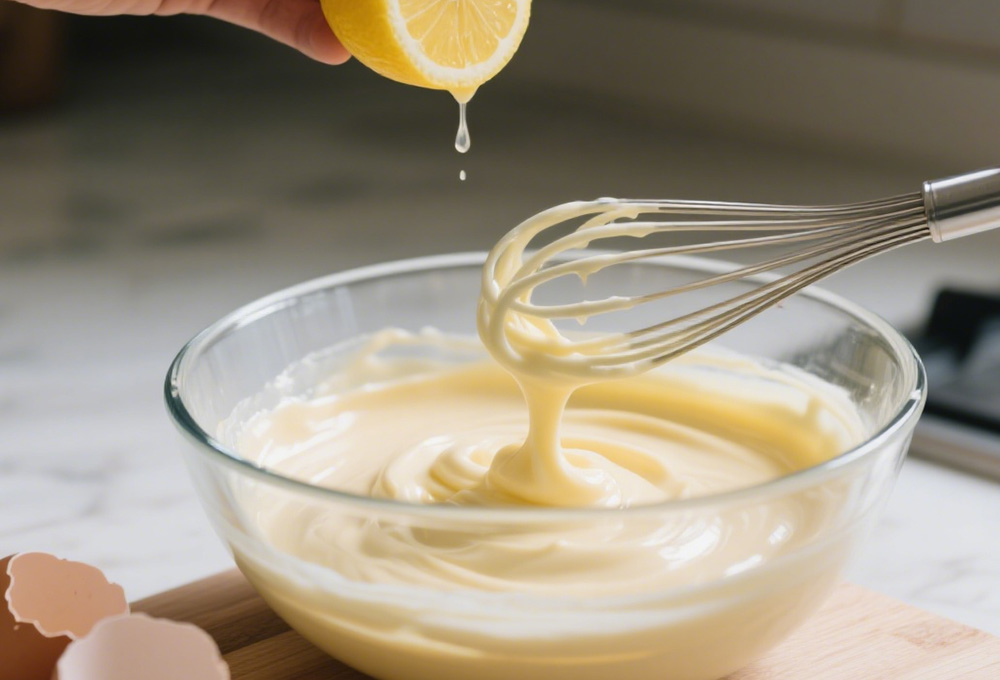
Once the mixture has emulsified and thickened noticeably, increase the mixer speed to medium and the rate at which you add the oil, while still maintaining a steady stream. Keep a close eye on the consistency of the mayonnaise. If it becomes too thick to mix easily, add a teaspoon or two of vinegar or lemon juice to thin it out. Conversely, if it’s too thin, continue adding more oil while whisking. As you near the end of adding the 24 cups of oil, make small adjustments to the amount of oil or acid to achieve the perfect texture. For example, if it lacks creaminess, add a bit more oil; if it’s too thick, a small amount of warm water can help thin it without significantly altering the flavor.
Step 5: Check the Consistency
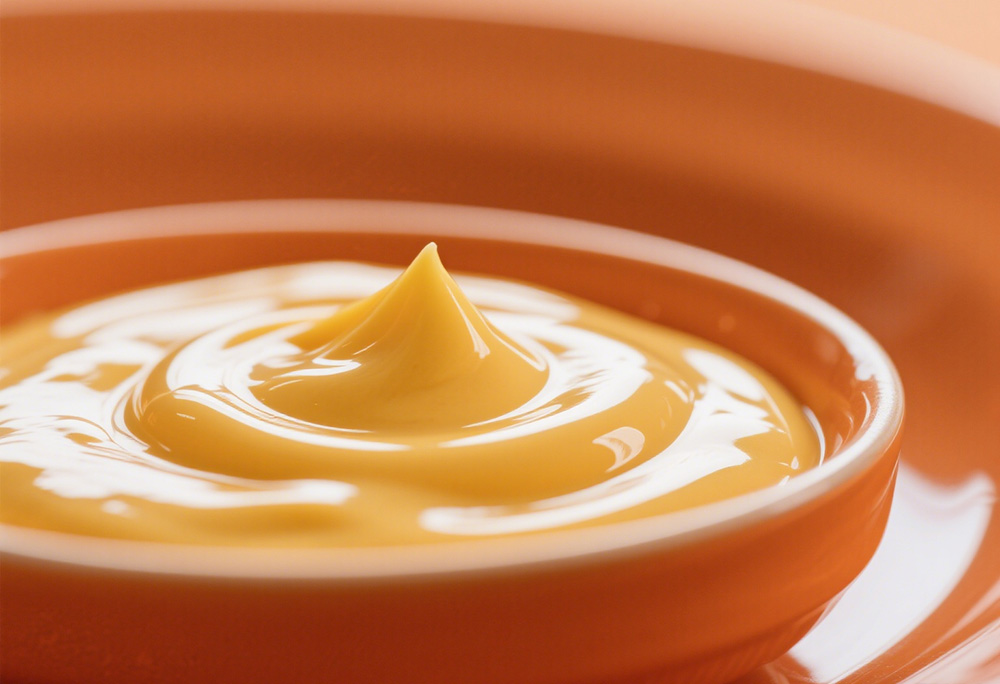
After incorporating all 24 cups of oil, take a moment to evaluate the mayonnaise’s consistency. The ideal consistency depends on its intended use. For spreading on sandwiches or using as a dip, a thicker texture is preferable. If it’s too thin, add a few more tablespoons of oil and mix well. For drizzling over salads or using as a dressing base, a thinner consistency works better; add small amounts of vinegar or lemon juice. Remember, it’s easier to thin a thick mayonnaise than to thicken a thin one. Also, consider the temperature, as warm mayonnaise appears thinner. Let it cool in the refrigerator for a few minutes and then recheck. Taste it and add more salt or acid if the flavor needs enhancing.
Step 6: Taste and Adjust

This is the stage to customize the flavor of your mayonnaise. Give it a thorough taste test. If it lacks saltiness, add more salt, ½ teaspoon at a time, and mix well. For a stronger tang, add a bit more vinegar or lemon juice. Get creative by adding other ingredients. Minced garlic can add a bold, pungent flavor, chopped fresh herbs like parsley, chives, or tarragon can infuse a burst of freshness, and a touch of honey or maple syrup can balance the acidity with a hint of sweetness. When adding new ingredients, start with small amounts and taste frequently. For instance, add garlic cloves one at a time, as it can quickly overpower the other flavors. Keep adjusting until the mayonnaise tastes exactly as you want it.
Step 7: Store Your Mayonnaise
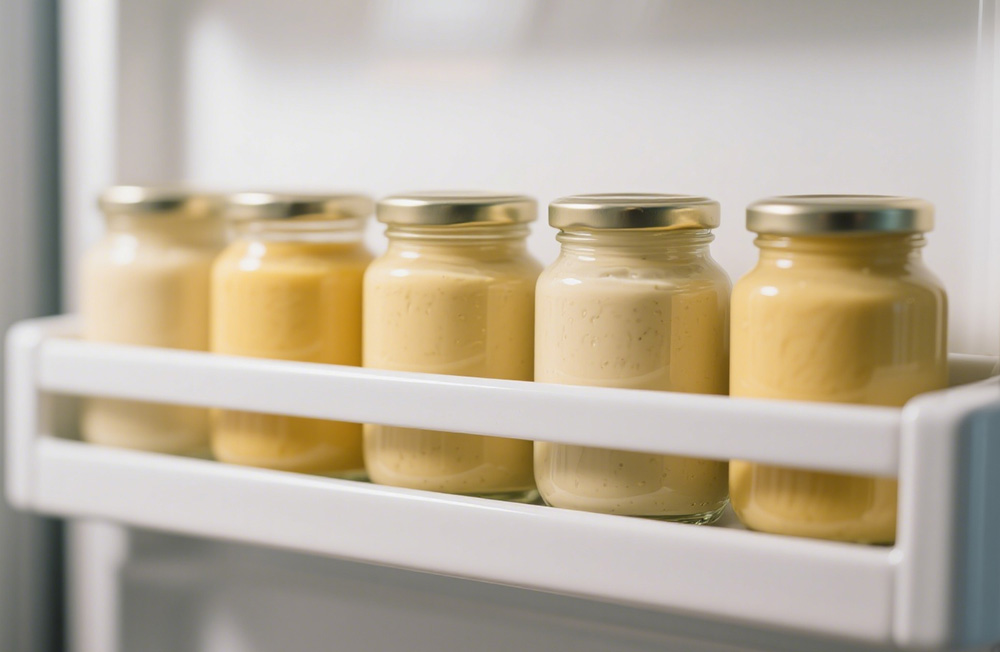
Transfer the finished mayonnaise to clean, airtight containers, such as glass jars or food - grade plastic containers. Label them with the date of preparation to keep track of freshness. Store the mayonnaise in the refrigerator, where it will stay fresh for 4 - 6 weeks. Always use a clean spoon to avoid contamination. If you notice any signs of spoilage, such as an off smell, mold growth, or a change in color or texture, discard it immediately. Storing it in smaller containers can also help extend its shelf life by reducing air exposure each time you open a container.
Homemade vs. Industrially Produced Mayonnaise
When comparing homemade and industrial mayonnaise, the differences are significant. Homemade mayonnaise uses simple, fresh ingredients such as quality eggs, natural oils and real lemon juice or vinegar. You have complete control over what goes into it and avoid artificial preservatives, flavors and colors. The result is a rich, creamy sauce that tastes pure and fresh and can be customized to your liking.
In contrast, industrial versions rely on machines such as mayonnaise filling machines for mass production. Some vendors may use additives including cheaper oils, lower quality eggs, and potassium sorbate to extend shelf life. While convenient and affordable, industrial mayonnaise sacrifices freshness for consistency, with a muted flavor and potentially artificial aftertaste. Homemade products are of superior quality, but industrial options prioritize consistency and scale.
